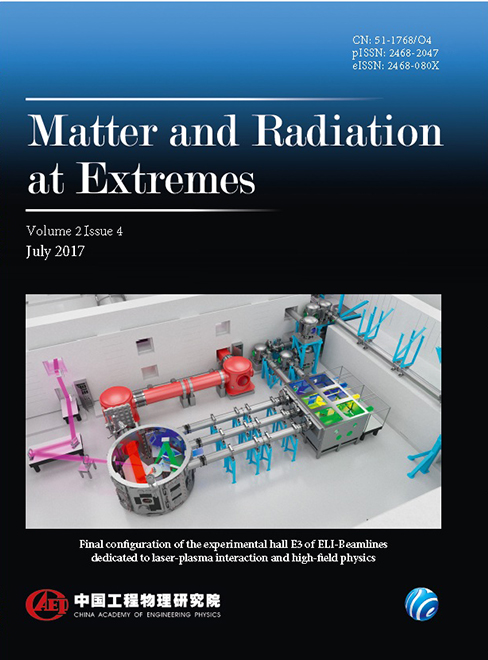
The proposed heavy ion inertial fusion (HIF) scenarios require ampere class low charge state ion beams of heavy species. The laser ion source (LIS) is recognized as one of the promising candidates of ion beam providers, since it can deliver high brightness heavy ion beams to accelerators. The design of LIS for the HIF depends on the accelerator structure and accelerator complex following the source. In this article, we discuss the specifications and design of an appropriate LIS assuming two major types of the accelerators: radio frequency (RF) high quality factor cavity type and non-resonant induction core type. We believe that a properly designed LIS would satisfy the requirements of both types, while some issues need to be verified experimentally.
We summarize our theoretical studies for stopping power of energetic heavy ion, diatomic molecular ions and small clusters penetrating through plasmas. As a relevant research field for the heavy ion inertial confinement fusion (HICF), we lay the emphasis on the dynamic polarization and correlation effects of the constituent ion within the molecular ion and cluster for stopping power in order to disclose the role of the vicinage effect on the Coulomb explosion and energy deposition of molecules and clusters in plasma. On the other hand, as a promising scheme for ICF, both a strong laser field and an intense ion beam are used to irradiate a plasma target. So the influence of a strong laser field on stopping power is significant. We discussed a large range of laser and plasma parameters on the coulomb explosion and stopping power for correlated-ion cluster and C60 cluster. Furthermore, in order to indicate the effects of different cluster types and sizes on the stopping power, a comparison is made for hydrogen and carbon clusters. In addition, the deflection of molecular axis for diatomic molecules during the Coulomb explosion is also given for the cases both in the presence of a laser field and laser free. Finally, a future experimental scheme is put forward to measure molecular ion stopping power in plasmas in Xi’an Jiaotong University of China.
The Neutralized Drift Compression Experiment-II (NDCX-II) is an induction linac that generates intense pulses of 1.2 MeV helium ions for heating matter to extreme conditions. Here, we present recent results on optimizing beam transport. The NDCX-II beamline includes a 1-m-long drift section downstream of the last transport solenoid, which is filled with charge-neutralizing plasma that enables rapid longitudinal compression of an intense ion beam against space-charge forces. The transport section on NDCX-II consists of 28 solenoids. Finding optimal field settings for a group of solenoids requires knowledge of the envelope parameters of the beam. Imaging the beam on the scintillator gives the radius of the beam, but the envelope angle is not measured directly. We demonstrate how the parameters of the beam envelope (radius, envelop angle, and emittance) can be reconstructed from a series of images taken by varying the B-field strengths of a solenoid upstream of the scintillator. We use this technique to evaluate emittance at several points in the NDCX-II beamline and for optimizing the trajectory of the beam at the entry of the plasma-filled drift section.
The research activities on warm dense matter driven by intense heavy ion beams at the new project High Intensity heavy-ion Accelerator Facility (HIAF) are presented. The ion beam parameters and the simulated accessible state of matter at HIAF are introduced, respectively. The progresses of the developed diagnostics for warm dense matter research including high energy electron radiography, multiple-channel pyrometer, in-situ energy loss and charge state of ion detector are briefly introduced.








